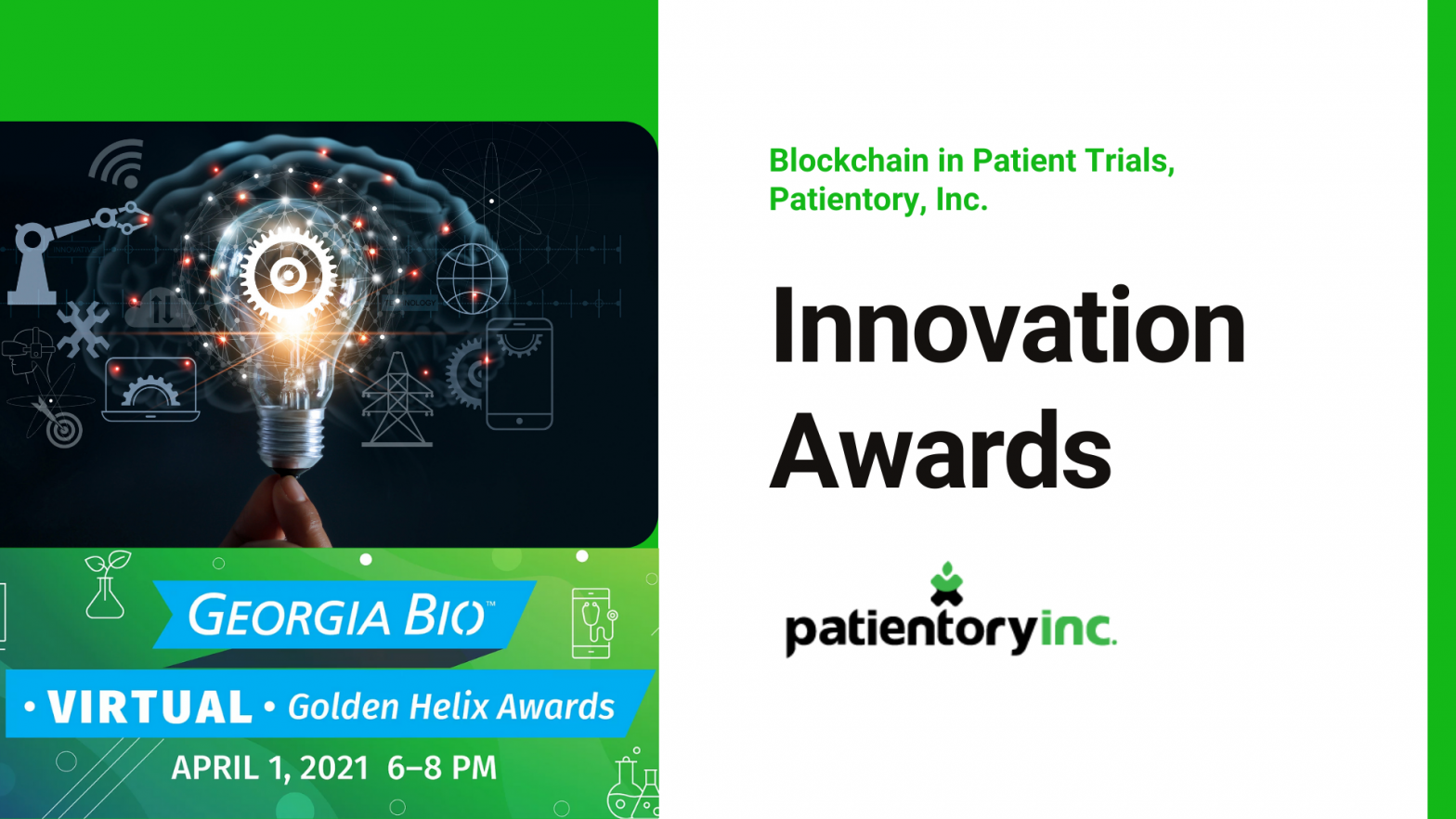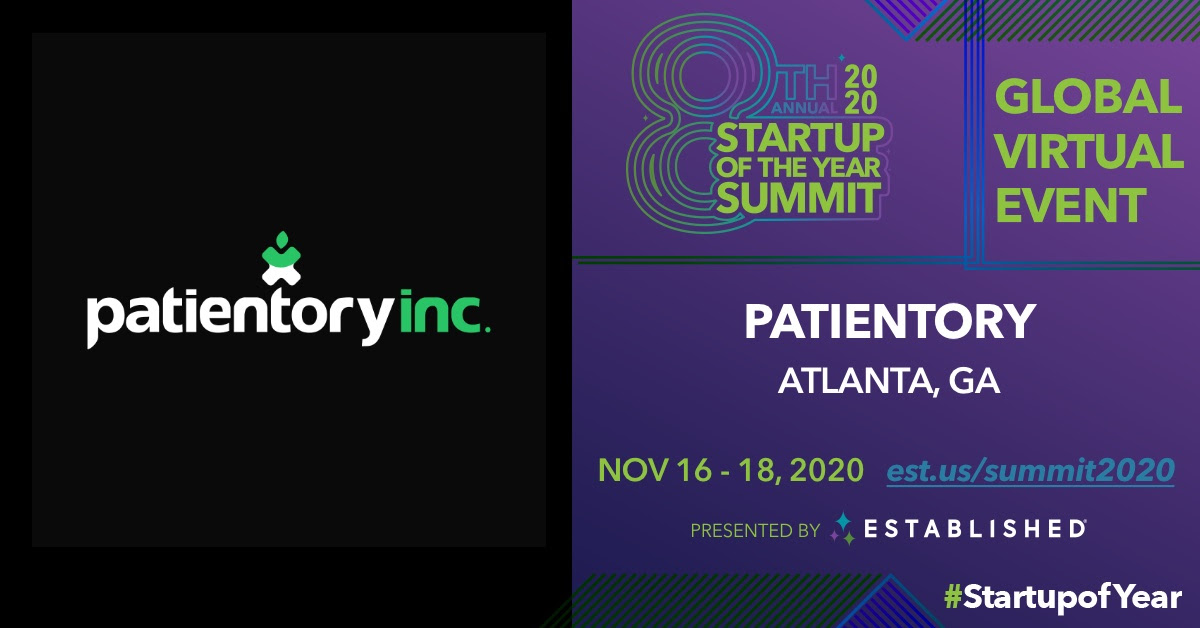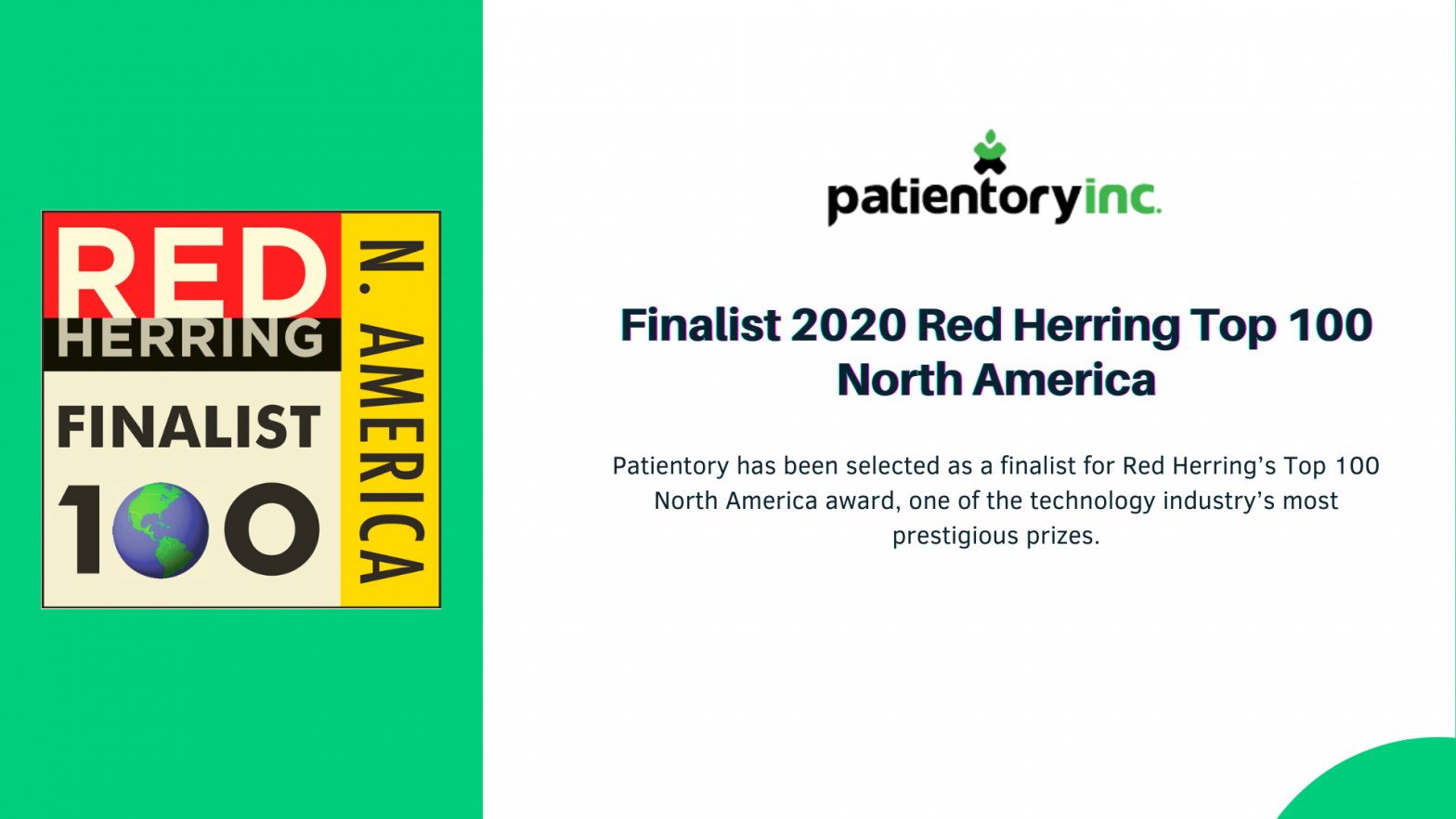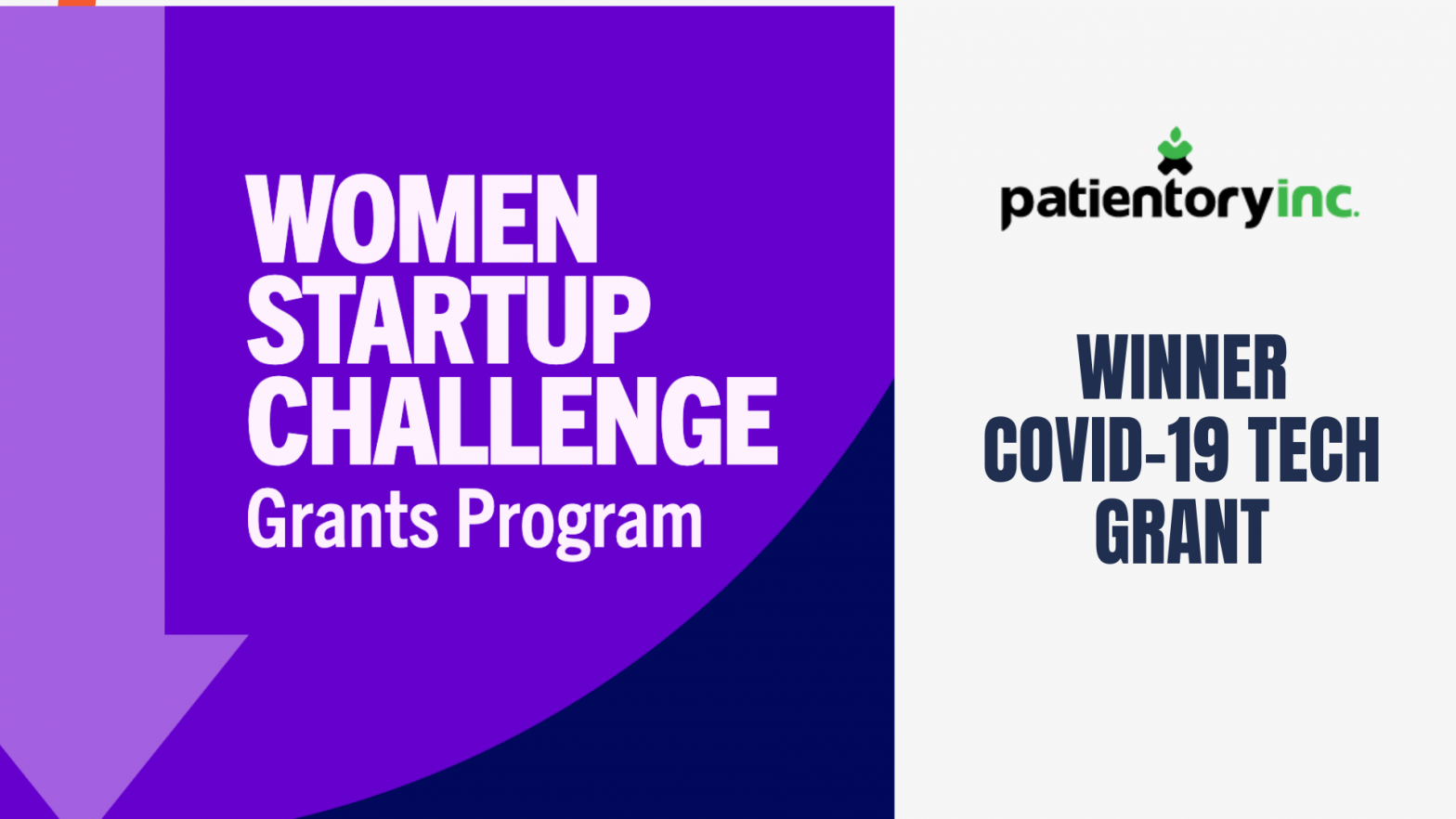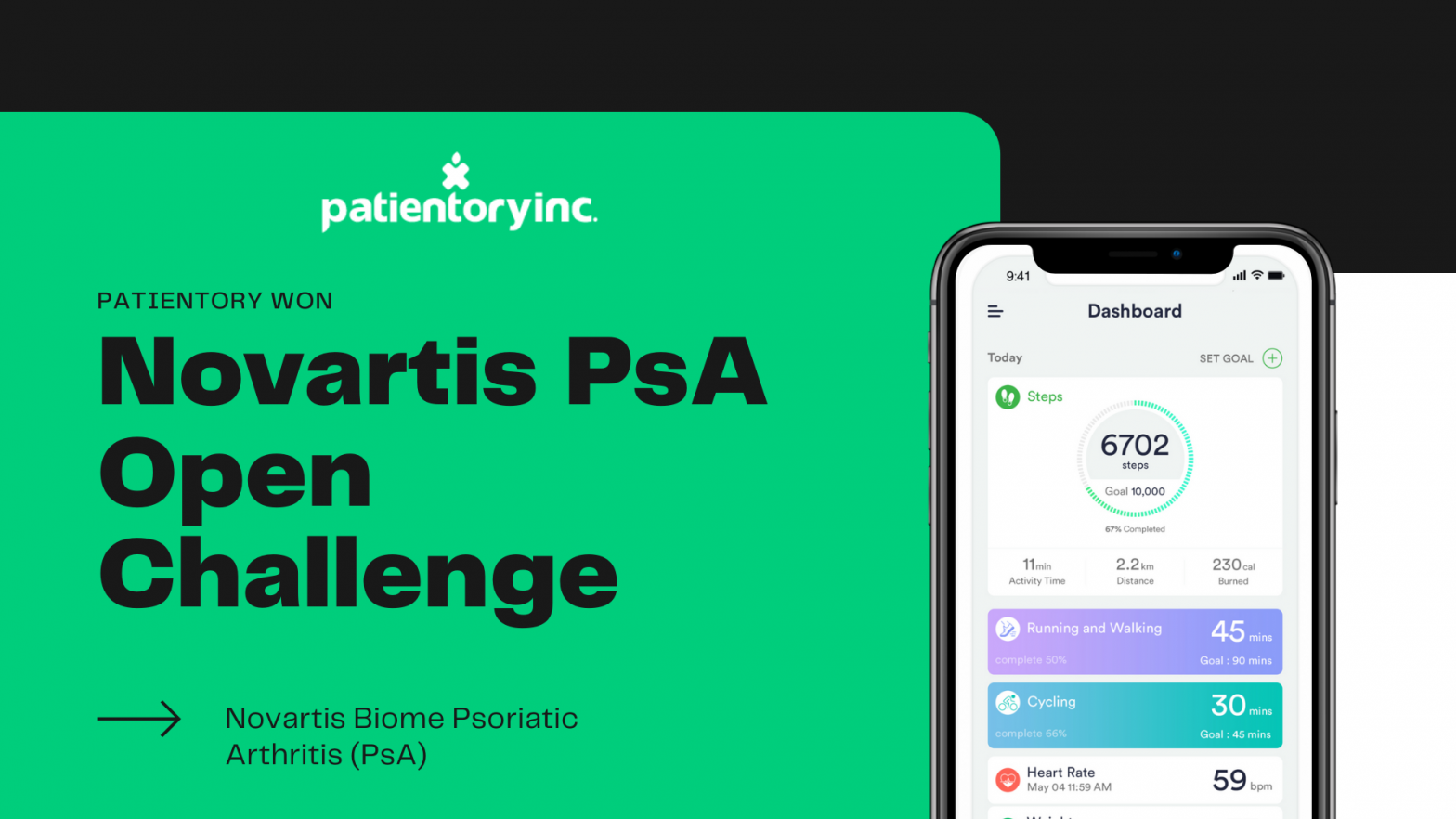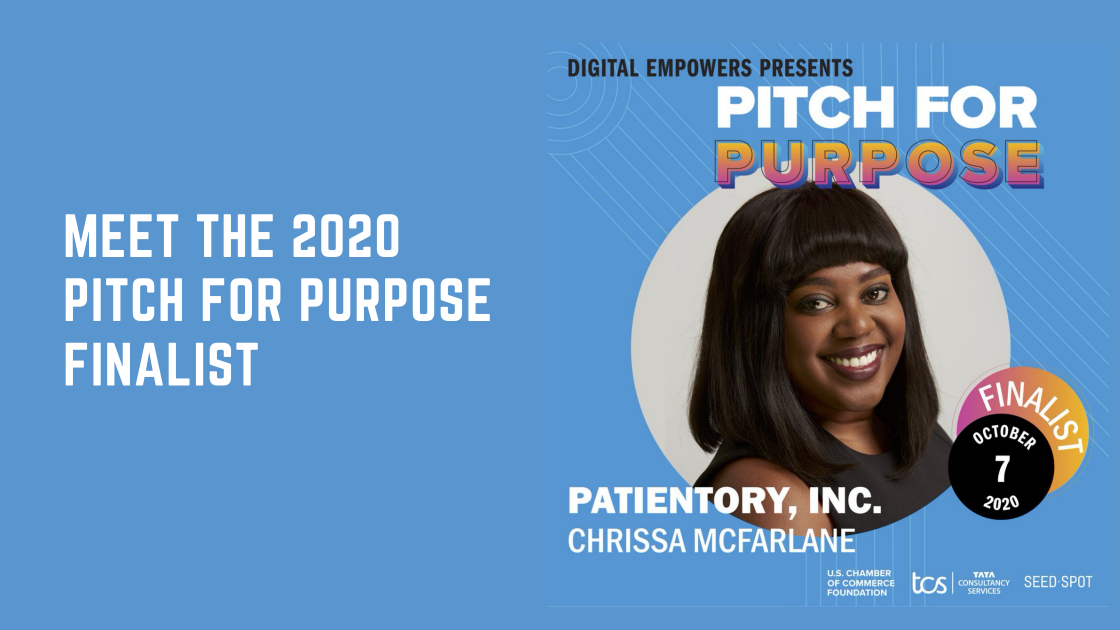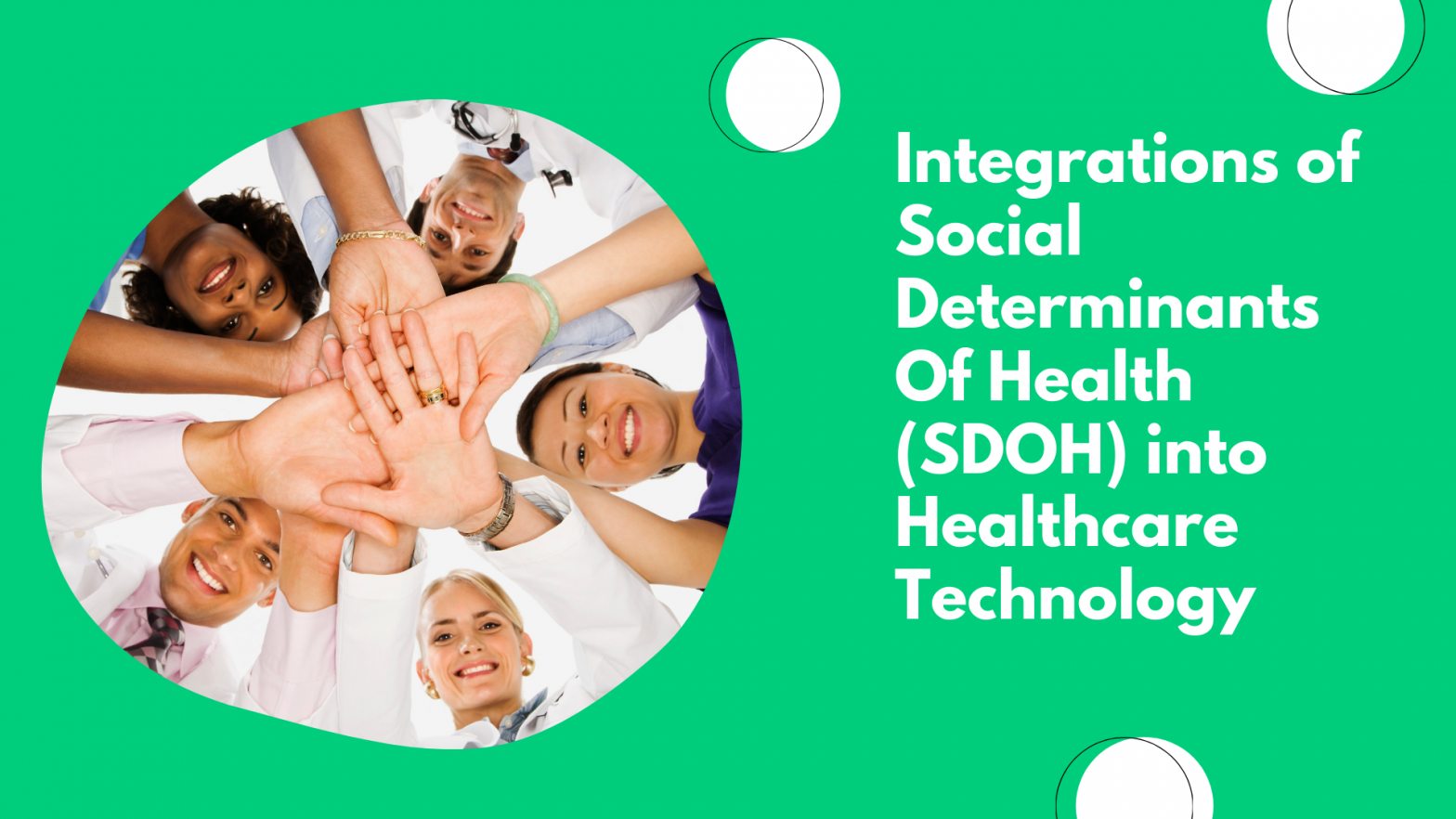Patientory is on the top 10 list of successful blockchain companies that are thriving today and has an established blockchain that empowers users to own their health data securely.
Background:
The healthcare industry is the new frontier for blockchain technology. Given its properties of im-mutability and decentralization, blockchain represents an opportunity for an unprecedented level of privacy and security for all stakeholders by ensuring data integrity while giving patients control over their own health data. On a backdrop of rising interest in blockchain in general and blockchain healthcare applications in particular, there has been a proliferation of blockchain healthcare projects over the past few years.
Review
Blockchain in Healthcare Today (BHTY) aims to review to identify and understand real-world blockchain healthcare projects that have attained commercial success in the highly competitive blockchain market. This review revealed that blockchain health projects currently comprise a small fraction of the overall number of commercially successful blockchain projects. However, because this sub-industry is still in its early stages, there are reasons to be optimistic that many more blockchain health projects will emerge and attain commercial success in future. Findings from this review done from an entrepreneurial perspective should help with the identification of future projects most likely to succeed.
Blockchain in Clinical Trials Patientory, Inc.
As part of the continuous effort and response to Covid 19, Patientory assisted Moderna and Novavax in recruiting for underrepresented and at risk communities at risk for Covid 19. Read more about it here.
For the complete review, https://bit.ly/3sEQeVq
About The Journal
Blockchain in Healthcare Today is the world’s first peer review journal that amplifies and disseminates distributed ledger technology research and innovations in the healthcare sector. The preeminent open-access journal facilitates sharing, discussion and consensus building for a multi-disciplinary market across a global community of stakeholders engaged in discovering, implementing and modernizing quality affordable health systems and care for health citizens. The journal is published on a continuous basis in order to accelerate sharing rigorously vetted theoretical and experiential knowledge required for a growth sector. A world-class peer-review board endeavors to offer rapid peer review and includes constructive commentary to strengthen work.
About Patientory Inc:
Patientory democratizes individual ownership of the world’s health data and incentives to improve health outcomes. Patientory Inc. is a population health data management and analytics company. Through its two decentralized applications, the Patientory mobile app and enterprise software tool Neith, Patientory Inc. provides patients with ownership and insights and enterprises with comprehensive healthcare data intelligence. This is achieved by integrating a blockchain enabled network to gather and analyze siloed healthcare data, which includes daily lifestyle factors, and in turn, reduce the cost of care.
More about the article, please visit here,
https://blockchainhealthcaretoday.com/index.php/journal/article/view/166

